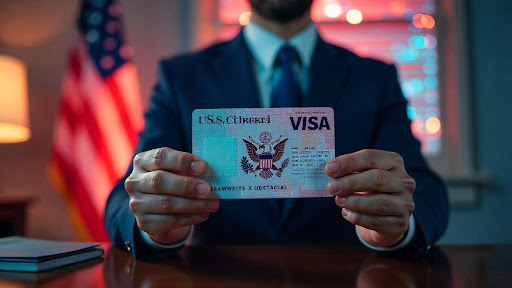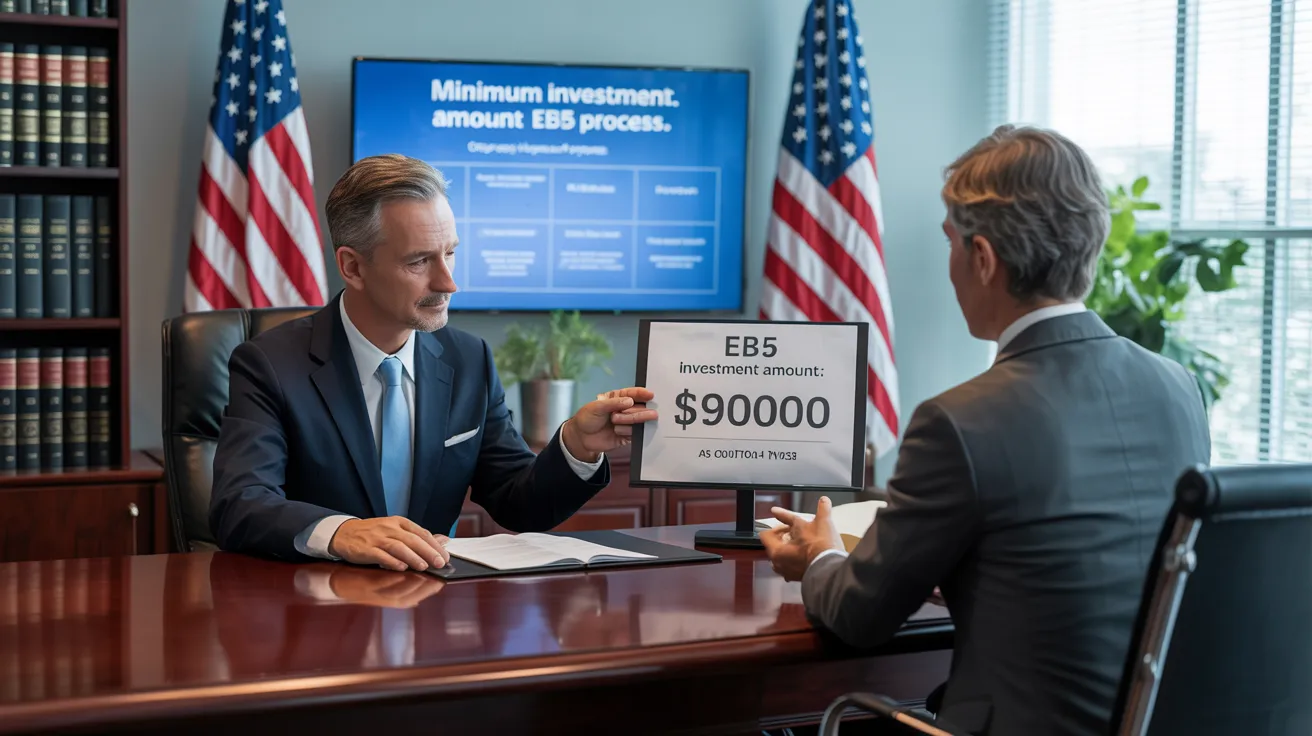Some Ideas on L1 Visa You Should Know
Table of Contents9 Easy Facts About L1 Visa ShownThe Definitive Guide for L1 VisaThe Basic Principles Of L1 Visa 7 Simple Techniques For L1 VisaAll about L1 VisaEverything about L1 Visa
Readily Available from ProQuest Dissertations & Theses Global; Social Science Costs Collection. (2074816399). (PDF). Congress. (PDF). DHS Workplace of the Inspector General. (PDF). (PDF). "Nonimmigrant Visa Statistics". Fetched 2023-03-26. Department of Homeland Safety Workplace of the Assessor General, "Review of Susceptabilities and Prospective Misuses of the L-1 Visa Program," "A Mainframe-Size Visa Loophole".
U.S. Division of State. Fetched 22 August 2016. "Workers paid $1.21 an hour to install Fremont technology business's computer systems". The Mercury News. 2014-10-22. Recovered 2023-02-08. Costa, Daniel (November 11, 2014). "Obscure short-lived visas for foreign tech employees dispirit salaries". The Hill. Tamen, Joan Fleischer (August 10, 2013). "Visa Owners Replace Workers".
The 8-Minute Rule for L1 Visa
In order to be eligible for the L-1 visa, the international business abroad where the Recipient was used and the United state firm should have a qualifying partnership at the time of the transfer. The different kinds of qualifying relationships are: 1.
Instance 1: Company A is integrated in France and uses the Beneficiary. Business B is incorporated in the U.S. and desires to seek the Recipient. Company An owns 100% of the shares of Firm B.Company A is the Parent and Business B is a subsidiary. There is a certifying relationship in between the 2 business and Company B ought to be able to sponsor the Recipient.
Example 2: Firm A is included in the U - L1 Visa.S. and wishes to seek the Recipient. Business B is integrated in Indonesia and employs the Recipient. Company A has 40% of Firm B. The staying 60% is owned and managed by Company C, which has no connection to Company A.Since Firm A and B do not have a parent-subsidiary relationship, Firm A can not sponsor the Recipient for L-1.
Company A possesses 40% of Business B. The staying 60% is possessed by Firm C, which has no relationship to Firm A. Nonetheless, Company A, by formal arrangement, controls and full takes care of Business B.Since Company An owns less than 50% of Firm B yet takes care of and regulates the firm, there is a certifying parent-subsidiary connection and Company A can sponsor the Recipient for L-1.
Fascination About L1 Visa
Affiliate: An affiliate is 1 of 2 subsidiaries thar are both possessed and managed by the same parent or individual, or had and managed by the same team of individuals, in basically the same proportions. a. Example 1: Firm A is incorporated in Ghana read more and uses the Beneficiary. Firm B is incorporated in the united state
Firm C, additionally incorporated in Ghana, has 100% of Company A and 100% of Firm B.Therefore, Firm A and Firm B are "associates" or sister business and a qualifying relationship exists between the two firms. Business B ought to be able to fund the Recipient. b. Example 2: Company A is integrated in the united state
Business A is 60% had by Mrs. Smith, 20% possessed by Mr. Doe, and 20% had by Ms. Brown. Company B is integrated in Colombia and currently employs the Beneficiary. Company B is 65% possessed by Mrs. Smith, 15% owned by Mr. Doe, and 20% had by Ms. Brown. Company A and Firm B are associates and have a certifying relationship in 2 various ways: Mrs.
The L-1 visa is an employment-based visa classification established by Congress in 1970, allowing multinational firms to move their managers, executives, or key employees to their United state operations. It is typically referred to as the intracompany transferee visa.

Additionally, the recipient needs to have worked in a supervisory, executive, or specialized L1 Visa process worker position for one year within the 3 years preceding the L-1A application in the international business. For brand-new office applications, international employment has to have been in a managerial or executive capacity if the recipient is concerning the United States to work as a manager or executive.
The Buzz on L1 Visa

If provided for a united state company functional for greater than one year, the first L-1B visa is for up to three years and can be prolonged for an extra two years (L1 Visa). Conversely, if the U.S. company is freshly developed or has actually been operational for less than one year, the initial L-1B visa is issued for one year, with extensions readily available in two-year increments
The L-1 visa is an employment-based visa category developed by Congress in 1970, permitting multinational business to transfer their supervisors, execs, or key personnel to their U.S. procedures. It is frequently referred to as the intracompany transferee visa.
What Does L1 Visa Mean?
Furthermore, the recipient should have operated in a supervisory, executive, or specialized staff member setting for one year within the three years coming before the L-1A L1 Visa guide application in the international company. For brand-new office applications, foreign work should have been in a managerial or executive ability if the beneficiary is coming to the United States to function as a supervisor or executive.
for as much as 7 years to supervise the operations of the united state associate as an exec or supervisor. If issued for an U.S. business that has actually been functional for greater than one year, the L-1A visa is initially given for as much as 3 years and can be expanded in two-year increments.
If provided for a united state firm functional for even more than one year, the first L-1B visa is for up to 3 years and can be extended for an extra two years. Alternatively, if the U.S. firm is recently developed or has been functional for much less than one year, the initial L-1B visa is provided for one year, with extensions offered in two-year increments.